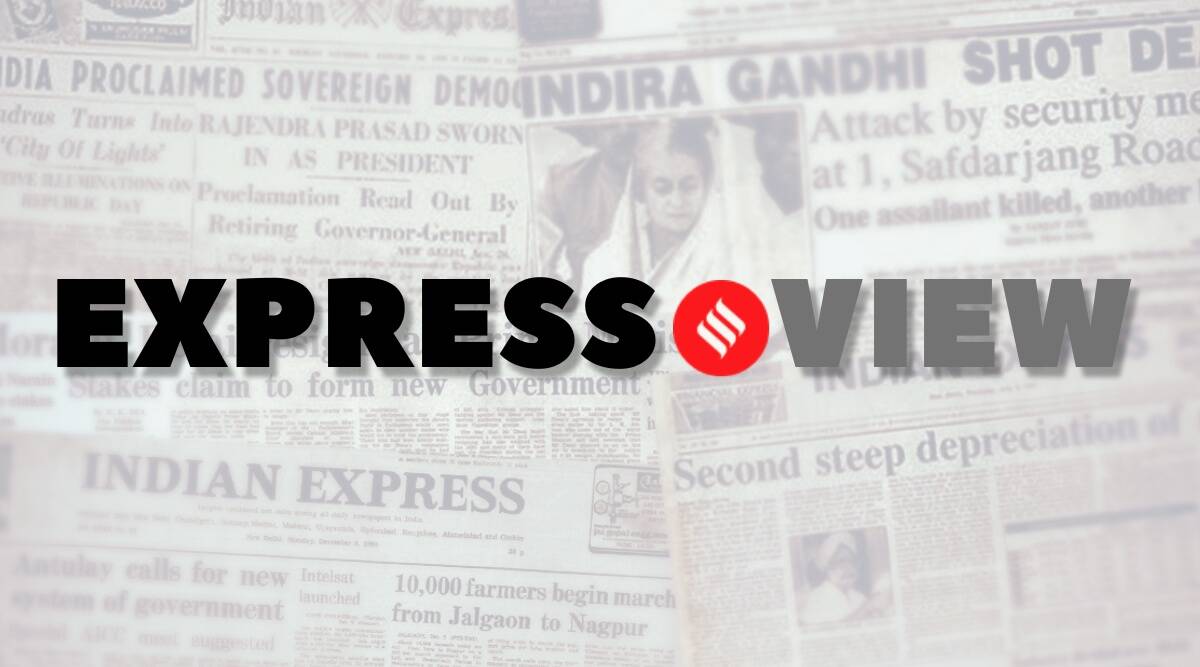 Good and evil are abstract concepts, all too malleable for profane ends.
Good and evil are abstract concepts, all too malleable for profane ends.Imagine, for a minute, an extra-terrestrial alien, or even an ill-informed American, lands up at a Durga puja pandal, or the final day of Ram Leela, or the celebrations for Dashain. The stranger is bound to ask: What are you celebrating? And the answer — wrapped in tales, texts, myths and history — so often ends up being about the symbolic “triumph of good over evil”. From the very first textbooks, that’s what children are taught — Ram vs Ravan, Durga vs Mahishasur. These stories are the stuff of myth and religion — and politics too.
But in all the creative pandals of Kolkata and the spectacles of Ravan, Kumbhakarna and Meghnath being set aflame, there is more than just the religious or moral tale. The festive season is also about celebration — the joy in food, fairs, family and friends. After all, the kathi roll and the luchi-kosha mangsho are as much part of the festive meal as the bhog served in view of the goddess; the Ferris wheel and make-shift merry-go-round as much a moment of joyful ecstasy as the effigy of Ravan exploding.
Good and evil are abstract concepts, all too malleable for profane ends. Festivities, on the other hand, are what all societies need. When you work hard all year, and know you must do so again the next, the sacred calendar provides a divinely mandated break, it spells out a time for indulgence and revelry. So much of life is drudgery and routine. Fortunately, every year, there is also a celebration that acknowledges a fact that is so often forgotten in the high-minded morality of good vs evil — in the crowds of devotees and the meetings with friends and family, there is a spark of divinity.